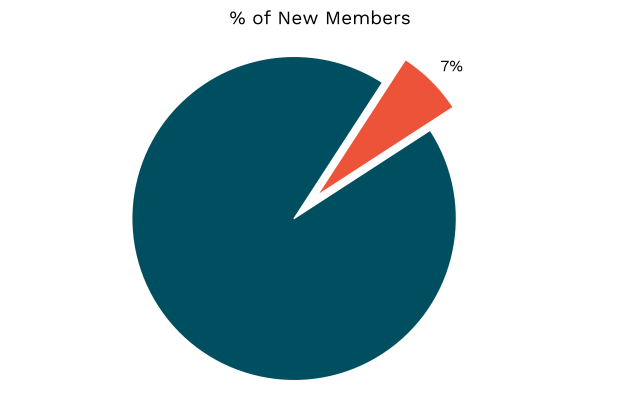VinØ 2023 - Annual Report
The VinØ Program (pronounced as 'vin zero)' is Tasmania's best management practice system, designed and tailored to assist the island's producers to monitor, improve, benchmark and communicate their viticultural and winery practices.
It is a significant and important initiative, providing user-friendly management and reporting tool. Program members each receive a detailed annual benchmarking report, which identifies areas of their business where they are performing well against best practices and areas requiring improvement. It also allows them to benchmark their performance against fellow program participants.
The VinØ Program aligns with the Australian Wine Industry Standard of Sustainable Practice - Viticulture and Winery and recognises formal accreditation programs (eg Sustainable Winegrowing Australia, Australian Certified Organics or Demeter Biodynamic). Tasmanian wine businesses which achieve certification under these programs are able to opt-out of also reporting their data through VinØ and are automatically recognised as having achieved best practice. As more Tasmanian wine businesses achieve formal certification and opt out of reporting their data (which reflects improved practices), there has been a slight resultant fall in the overall VinØ program score.
Below is the annual VinØ Program report for the 2022-23 season.

2023 VinØ Program Champion
Stargazer - Bryn Williams

2023 VinØ Program Most Improved Producer
Westella Vineyard - Jacquie & Will Adkins
The data...
Just under half of Tasmania's vineyard area was managed under the VinØ Program in 2022/23, with 30 vineyards and wineries completing their online workbooks or participating in another recognised certified program

New wine producer members continue to join the VinØ Program

Program Member Results
This graph shows the proportion of program members' overall scores (members are scored on each of their metrics from "4 - excellent / best practice" to "0 - needs improvement"). There was an improvement in the overall program results in 2022/23, reflecting continued improvement of member practices.

This season, the combined average score across members resulted was 2.30 out of a perfect mark of 4.

VinØ is a self-asessed and practical workbook used to improve sustainable practices. Some members choose to go a step further and participate in external, formal certification programs.


Module Results
The program is divided into nine modules:
1. Soil Health, Nutrition and Fertiliser Management
2. Pest and Disease Management
3. Biodiversity Management
4. Water Management
5. Biosecurity
6. Winery management
7. Waste Management
8. People and Community (Internal, Community, and Winery Relations)
9. Carbon Emissions


Areas in which Tasmanian wine producers are performing well:
Soil Health - Weed Control Strategy |
Pest and Disease - Pest and Disease Management Plan; Grapevine Agrochemical Application Records; Grapevine Trunk Disease Management |
Water - Water Source; Irrigation Scheduling |
Biosecurity - Biosecurity Vineyard Inspections |
People - Remuneration |
Areas showing an opportunity for improvement:
Soil Health - Organic Matter |
Biodiversity - Biodiversity Action Plan; Browsing Wildlife |
Water - Water Management Strategy; Infiltration and Over Watering; Irrigation Records |
Biosecurity - Training and Induction; Property Entry; Personnel Disinfestation |
Winery - Environmental Action Planning; Soil Around the Winery; Emergency Spill Response; Winery Water Management Program; Winery Wastewater Management; Biodiversity Plan - Winery Site; Air Fuel |
Waste - Waste Management Planning, Monitoring and Recording; Waste Management Training; Composting; Creosote or CCA Timber Posts |
2023 Member List
Logo Standard Achieved |
External Certification |
|
Logo Standard Achieved |
External Certification |
|
Logo Standard Achieved |
External Certification |
|
Logo Standard Achieved |
||
Logo Standard Achieved |
External Certification |
|
Logo Standard Achieved |
External Certification |
|
Logo Standard Achieved |
||
Wine Tasmania acknowledges the Aboriginal people as the traditional owners of lutruwita (Tasmania), our island home. We pay our respects to the Tasmanian Aboriginal community, their Elders past and present and recognise their unique cultural and spiritual relationships to the land, water and community.

